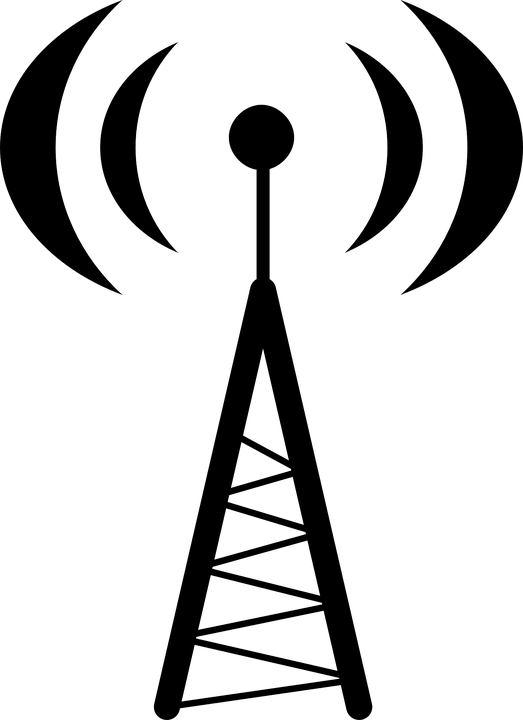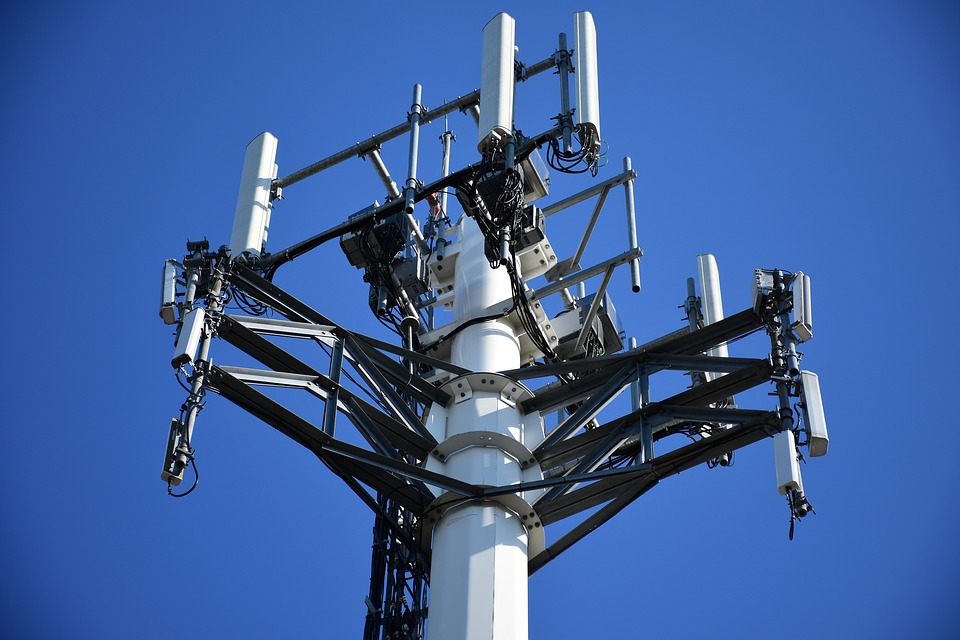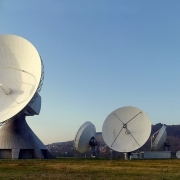Basic knowledge of RF switches
Rf and microwave switches can send signals efficiently in the transmission path. The functions of such switches can be characterized by four basic electrical parameters.
Although multiple parameters are associated with rf and microwave switching performance, the following four parameters are considered critical due to their strong correlation with each other: isolation, insertion loss, switching time, and power handling capability.
Isolation degree is the attenuation degree between the input end and output end of the circuit.
Insertion loss (also known as transmission loss) is the total power loss when the switch is on. As insertion loss can directly increase the noise coefficient of the system, insertion loss is the most important parameter for designers.
Switching time refers to the time required for switching from “on” state to “off” state and from “off” state to “on” state. This time can be up to the high power switch of the number of microseconds, down to the low power high-speed switch of the number of nanoseconds. The most common definition of switching time is the time required from the time when the input control voltage reaches 50% to the time when the final rf output power reaches 90%.
Besides, power handling capacity is defined as the maximum of input power a switch can withstand without any permanent electrical degradation.

Rf and microwave switches can be divided into electromechanical relay switches and solid-state switches. These switches can be designed in a variety of configurations — from single-pole single-throw configurations to single-pole 16-throw configurations that convert a single input to 16 different output states, or more. The toggle switch is a two-pole, two-throw configuration switch. This type of switch has four ports and two possible on-off states, allowing the load to be switched between the two sources.
Electromechanical relay switches have low insertion loss (<0.1db), high isolation (>85dB), and can switch signals at millisecond speed. The main advantage of this type of switch is that it can operate in the range of dc to millimeter-wave (>50 GHz) frequency, and is not sensitive to electrostatic discharge. Also, electromechanical relay switches can handle high power levels (up to several kilowatts of peak power) without video leakage.
Since the circuit assembly of solid-state rf switches is relatively flat and does not contain large components, the package thickness is small and the physical size is usually smaller than electromechanical switches. The switching elements used in solid-state rf switches are high-speed silicon PIN diode or field-effect transistor (FET) or integrated silicon or FET monolithic microwave integrated circuits. These switch elements are integrated separately with other chip components such as capacitors, inductors, and resistors on the same circuit board. Also, the solid-state switch has high isolation (60~>80dB), high switching speed (<<100 nanoseconds), and good shock/vibration resistance of the circuit.
Other notable features of solid-state rf switches include their insertion losses. The solid-state of switches is inferior to electromechanical switches in insertion loss. Also, solid-state rf switches have limitations in low-frequency applications. This is because its operating frequency limit can only be up to the kilohertz level, not dc. This limitation stems from the carrier lifetime characteristics inherent in the semiconductor diodes used. Also, solid-state rf switches are more sensitive to electrostatic discharge, and their power handling capacity depends on switch configuration, connector type, operating frequency, and ambient temperature. Some configurations of PIN diode switches can handle peak kilowatts of power at the expense of lower switching speeds. An example of a PIN diode switch is the Pasternack PE7167 single-pole four-throw switch, which operates at 500MHz~40GHz, has a maximum switching speed of 100 nanoseconds, and an input power processing capacity of up to +20dBm.
In general, compared with electromechanical switches, solid-state rf switches have higher reliability, longer service life, and faster-switching speed. Therefore, solid-state rf switches should be preferred in applications requiring higher switching speed and reliability. Electromechanical switches are preferred in applications requiring broadband coverage as low as dc and low insertion loss. In applications where long service life is an absolute requirement, high-reliability switches are preferred.

Electromechanical rf switches are divided into end – connected type and non – end – connected type. In an end-to-end switch, when all channels are terminated with a 50-ohm load, the selected channels are closed to cut off or isolate all currents. Thus, the energy of the incoming signal will be absorbed by the end resistance and not reflected in the rf source. The non-terminal switch has a 50-ohm load, so impedance matching to reduce energy reflection must be achieved by the rest of the system. The advantage of non – terminal switches is that they have less insertion loss.
Another important characteristic of electromechanical rf switches is their armature relay mechanism. When the coil is energized, the induced magnetic field causes the armature coil to move, opening or closing the contact. The non-locking switch is equipped with a spring or magnet, which can keep the switch in an initial normally closed state when the current is not flowing. This type of switch is suitable for applications where the switch must be restored to a known state when the power supply is interrupted.
The latching switch is equipped with a latching mechanism, and it is in an unobstructed position, so it remains in the final state before the power failure. Because the contact coil of a latching relay switch consumes electrical energy only at the moment when the relay is disconnected, it is suitable for applications where power dissipation is a problem.
Also, some other types of switches have fail-safe working modes. In this mode, once the applied voltage on the coil disappears, the rf channel returns to the power-off state. However, in this mode, the average time between failures of switches using this mode is shorter than that of latching switches, since the current state can only be maintained by applying a continuous voltage to the coil.
Another notable feature of the electromechanical rf switch is a set of auxiliary dc contacts connected to the rf channel switching coil. Normally, these auxiliary contacts are used to control the indicator or signal light to indicate the status of the rf channel. Also, these contacts can be used to provide state information to the external control system.
Switch details
The solid-state of switches can be divided into the absorption type and reflection type. The absorption switch sets a 50-ohm terminal matching resistor at each of its output ports to achieve a low voltage standing wave ratio (VSWR) in both on and off states. The terminal resistance set on the output port can absorb the incoming signal energy, while the port without the terminal matching resistance will reflect the signal. When the input signal must be propagated within the switch, the open port is disconnected from the terminal matching resistor, thus allowing the energy of the signal to be propagated completely from the switch. The absorption switch is suitable for applications where echo reflections from rf sources need to be minimized.
In contrast, reflective switches have no terminal resistance to reduce the insertion loss of open ports. The reflective switch is suitable for applications that are insensitive to high voltage VSWR outside the port. Also, impedance matching is performed by components other than ports in the reflective switch.
Another important feature of solid-state switches is their drive circuits. Some types of solid-state switches are integrated with input control voltage drivers whose input control voltage logic state enables specific control functions — providing the necessary current to ensure that the diode can obtain a reverse or forward bias voltage.
Electromechanical and solid-state rf switches can be made into a variety of products with different packaging specifications and connector types – most of the working frequency up to 26GHz coaxial switch products using SMA connector; Up to 40GHz using 2.92mm or K connector;2.4mm connector up to 50GHz; Up to 65GHz using 1.85mm connector.
Switches with waveguide ports have the lowest insertion loss, so they are widely used for high power communication signals in the microwave and millimeter-wave frequency bands. Coaxial switch products that use large N or TNC connectors have higher power handling capabilities (up to hundreds of watts of CW power). Also, products for different USES can be packaged in different ways — from “commercial grade” packaging, which is never sealed off from the environment, to “high-reliability grade” packaging, which is tightly sealed and can withstand harsh environmental conditions.
From:http://www.hj-antenna.com/basic-knowledge-rf-switches/








Leave a Reply
Want to join the discussion?Feel free to contribute!